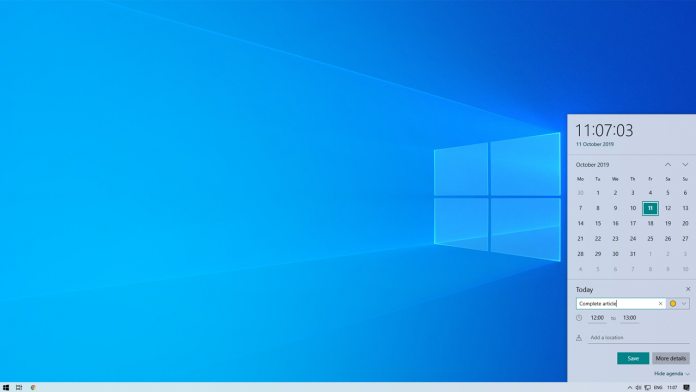“We are starting this rollout process several months in advance of the end of service date to provide adequate time for a smooth update process,” explains to company. The automatic rollout will only apply to Home and Pro editions, as the enterprise naturally has a longer service agreement. Generally, Microsoft recommends users use the semi-annual servicing status. The expansion to all users follows the update’s availability via the Update Assistant late last month. At that point, Microsoft and Realtek had rolled out a fix for faulty Bluetooth drivers.
Windows 10 November 2019 Update
So what changes can users actually expect with the November update? Well, not a whole lot. This one installs in a similar way to a cumulative update rather than a feature update, and is essentially 1903 with an enablement package on top. However, there are a few noteworthy features that could make it worth upgrading. You can expect digital assistants other than Cortana to work when your device is locked. Given the recent scaling down of Microsoft’s assistant on Android and iOS, that’s probably a good thing. The Start Menu also has some minor changes, with the navigation pane automatically expanding when hovered. In the Action Center, you’ll find a link to notification preferences from individual apps rather than having to manually check Settings. File Explorer has also been given a slight makeover to mark its transition to Windows Search. Microsoft says this should better integrate results from other sources, such as OneDrive. The search box also suggests files to search as you type. None of these are game-changing features, but it’s worth noting that Microsoft has also been doing work on the underlying stability of the OS. Personally, I’d take a stable OS over flashy features any day of the week.




